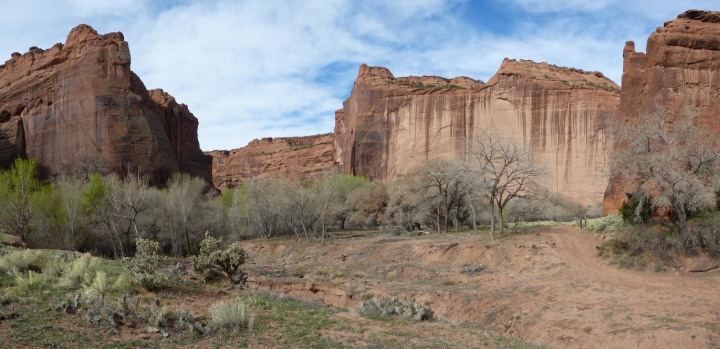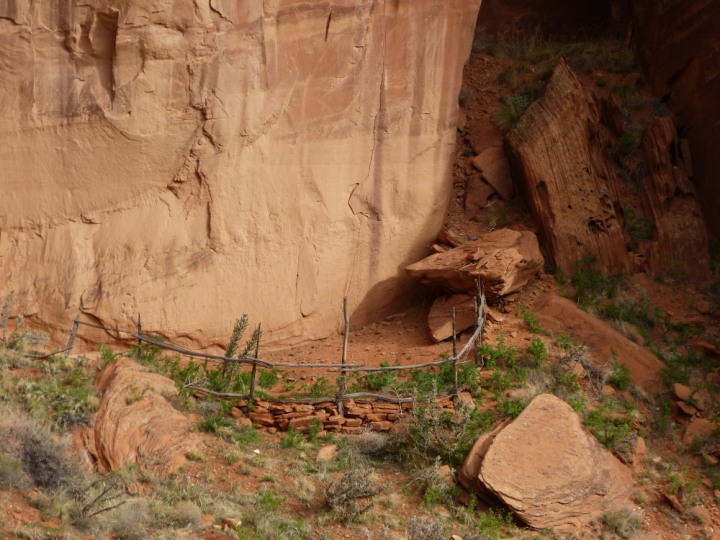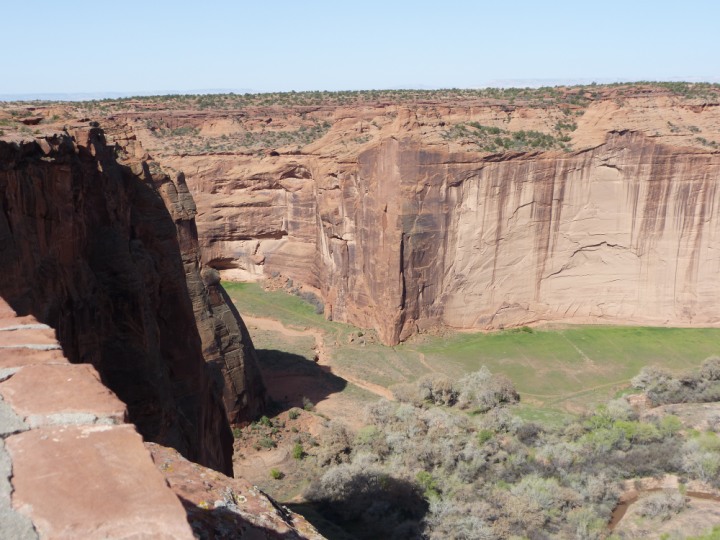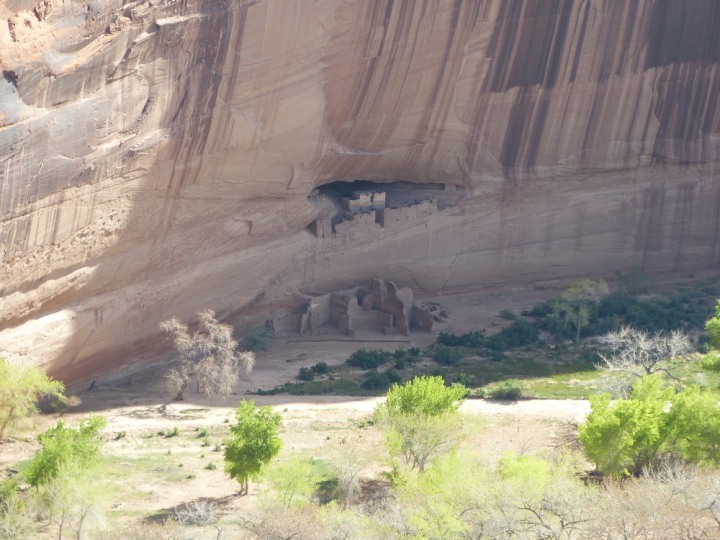Canyon De Chelly Arizona
Photos Mike Sinnwell April2017
While living in Arizona for over 10 years I always enjoyed Canyon De Chelly and thought of it as a special place. I had not been inside the canyon for almost 30 years. Just this April I had a chance to work on a preservation project in the Canyon. Along with that I was fortunate enough to have a special walking tour of the Canyon. Our Guide started us out on top and we walked down about 800 feet to the canyon floor, did some exploring and hiked back out. The trail is the first photo in the sequence. Not for the faint of heart.
I was surprised to see numerous walking sticks at the top of the rim where we started our journey into the Canyon. our guide told me those were the walking sticks used by the Navajos living and working in the Canyon. They use the sticks while going up and down the trail leaving the sticks at the top and bottom of the trail.
Obviously, I also spent time on both rims and took plenty of photos. With 19 overlooks there are plenty of spectacular views. Spider rock is a must see as you will recognize it from the many commercials that feature it.
I was also given a private tour of Three Turkey ruins but I was asked NOT to take pictures so those will stay in my memory banks until the memory banks go Bankrupt.
For nearly 5,000 years, people have lived in these canyons – longer than anyone has lived uninterrupted anywhere on the Colorado Plateau. Today, Navajo families make their homes, raise livestock, and farm the lands in these canyons. The National Park Service and Navajo Nation actively work together to manage park resources. That is because the National Monument is located entirely within the Navajo Tribal lands.
Millions of years of land uplifts and stream cutting created the colorful sheer cliff walls of Canyon de Chelly. Natural water sources and rich soil provided a variety of resources, including plants and animals that have sustained families for thousands of years. The Ancient Puebloans found the canyons an ideal place to plant crops and raise families. The first settlers built pit houses that were then replaced with more sophisticated homes as more families migrated to the area. More homes were built in alcoves to take advantage of the sunlight and natural protection. People thrived until the mid-1300’s when the Puebloans left the canyons to seek better farmlands.
Descendants of the Puebloans, the Hopi migrated into the canyons to plant fields of corn and orchards of peaches. Although the Hopi left this area to permanently settle on the mesa tops to the west. The First, Second and Third Mesas are home to the Hopi nation. A recent visit of my wife and I to the second Mesa was an exceptional one for us as we were introduced to an elder and given a private tour.
Related to the Athabaskan people of Northern Canada and Alaska, the Navajo settled the Southwest between the four sacred mountains. The Navajo, or Dine’ as they call themselves, continue to raise families and plant crops just as the “Ancient Ones” had. The farms, livestock and hogans of the Dine’ are visible from the canyon rims.
Canyon de Chelly National Monument was authorized in 1931 by President Herbert Hoover in large measure to preserve the important archeological resources that span more than 4,000 years of human occupation.
Yes, even Kit Carson was in the Canyon but it was not for pleasant reasons.























































